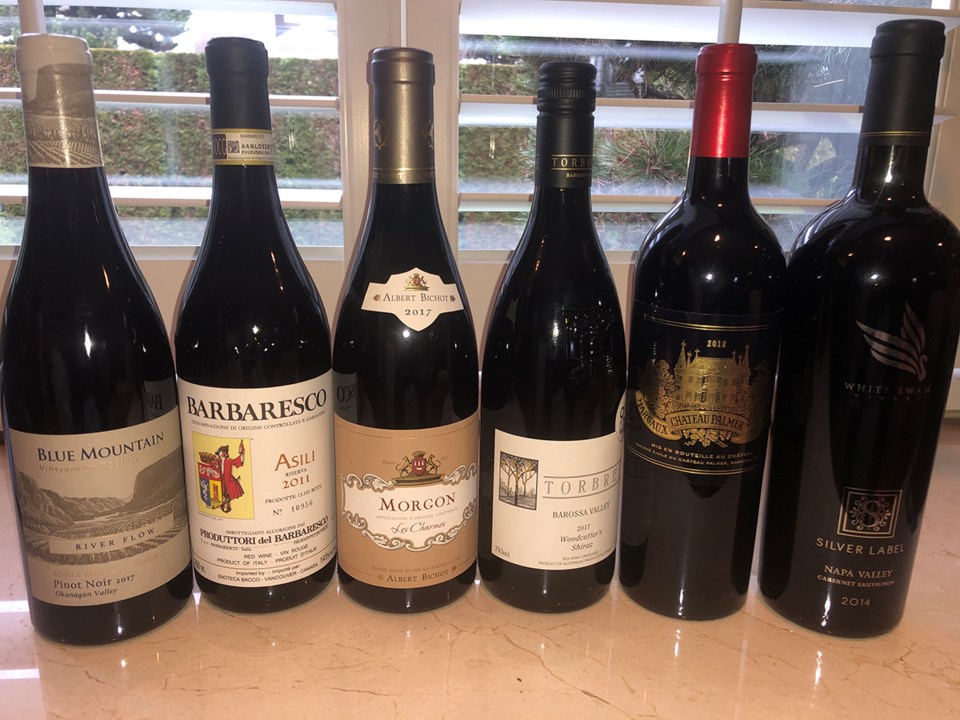I am often asked about the difference between Old World and New World wines.
Traditionally, Old World wines come from countries with a long history of producing wine, including France, Italy and Spain. The label on most bottles of Old World wines won’t tell you the grape varietal used to make the wine (e.g. Cabernet Sauvignon, Merlot or Pinot Gris). Instead, the label will indicate the region where the grape is from, such as Pauillac, Chianti or Rioja. For Old World wines, a wine consumer is expected to know that certain types of grapes are grown in certain regions. For instance, the predominant grape types grown in Pauillac are Cabernet Sauvignon and Merlot. The Chianti region produces wines mostly made with Sangiovese grapes.
This labelling practice probably added to the mystique of Old World wines, but may also be why some people don’t like trying Old World wines. It does seem a bit pretentious in light of modern consumer friendly labelling standards which encourage transparency and full disclosure, but don’t judge a wine by its label! Just accept that this is traditionally how these wines were labelled, so changing it now would only confuse everyone even further!
In contrast, New World wines are produced in countries where wine production is relatively new (i.e. the last 200 years), like Australia, USA, Canada, and Chile. For New World wines, most labels indicate the grape varietal. So many of you are probably familiar with wines made from Shiraz, Chardonnay or Sauvignon Blanc grapes. New World wines are more consumer friendly and are easier to decipher, so understandably, New World wines are popular with beginning wine drinkers because you know what you are getting.
Why is it important to understand the difference between New and Old World wines? Being familiar with wine terms is important simply because it allows you to convey your views to others in a manner that is easy to understand. Knowing certain wine terms doesn’t really assist in your appreciation of wines but it is still helpful to use these wine terms correctly. If you were watching hockey, you could describe the puck as the “black rubber disk” or a penalty as “when a player is sent to a box by a person in a striped shirt because the player did something wrong”. This wouldn’t mean that you don’t understand hockey, but you wouldn’t be using the same language as hockey fans.
How is anyone supposed to know if a wine label is referring to a region or grape varietal, or whether a wine is an Old World or New World wine? Going back to our hockey analogy, how do you know if a certain player on the Vancouver Canucks is a defencemen, winger or centre and how do you know what line he plays on or whether he is good on the power play or the penalty kill? You read the newspapers, you follow Canucks games and you share your views with other hockey fans. Wine is no different and no harder to understand than hockey.
Until next time, happy drinking!
This week, I am highlighting a white wine from Chile: Vina Santa Rita 2018 Sauvignon Blanc 120 Reserva Especial (SKU: 275586). This is a Sauvignon Blanc that exhibits the good acidity that I love in white wines. Santa Rita is a well-established Chilean wine producer. You’ll be able to buy and open this wine to enjoy right away. You’ll get some good acidity, citrus and perhaps some grapefruit and lime flavours. Worth a try at $11.99 a bottle.
Tony Kwan is the Richmond News' new columnist. Lawyer by day, food and wine lover by night, Kwan is an epicurean who writes about wine, food and enjoying all that life has to offer.



